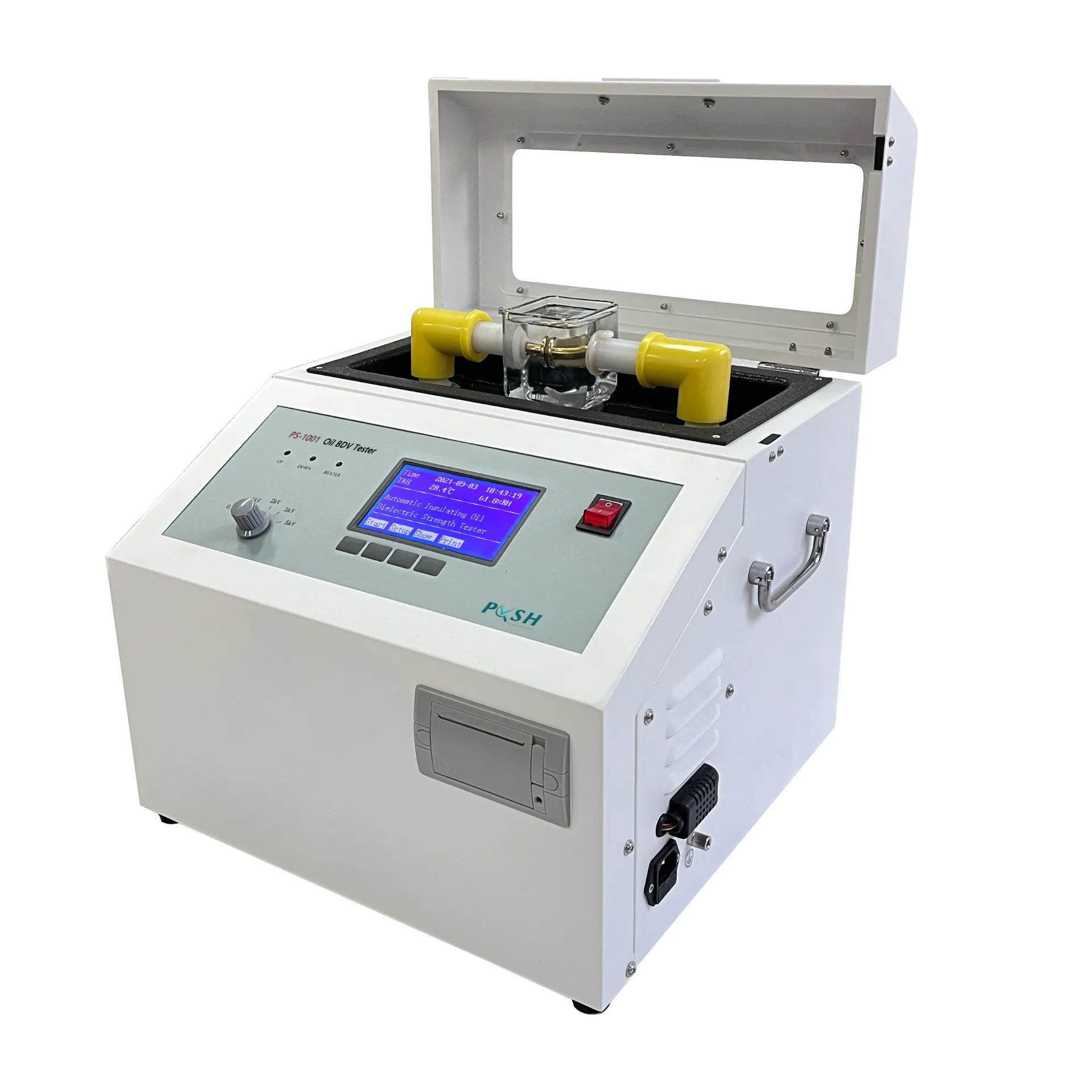 English
English


dc hi pot test
Understanding the DC Hi-Pot Test Importance and Application
In the realm of electrical and electronic engineering, ensuring the safety and integrity of insulation systems is paramount. One of the most effective methodologies for evaluating insulation integrity is the Direct Current High Potential (DC Hi-Pot) test. This technique serves as a critical diagnostic tool in various industries, including power generation, telecommunications, and consumer electronics.
What is a DC Hi-Pot Test?
The DC Hi-Pot test is designed to apply a high voltage direct current to the insulation of electrical devices. The primary objective is to reveal any weaknesses or flaws in the insulation that may lead to future failures. By subjecting the device to a voltage significantly higher than its normal operating voltage for a specified duration, manufacturers and engineers can identify potential breakdowns and ensure compliance with safety standards.
How Does the Test Work?
The test involves connecting the device under examination to a DC high-voltage source. The insulation resistance is then measured. If the insulation is intact, the current flowing through it will remain at an acceptable low level. However, if there are defects such as moisture intrusion, physical damage, or manufacturing faults, the current may exceed safe limits, indicating a potential failure.
Typically, the voltage applied during the test is determined based on the ratings of the device being tested. For instance, the voltage can range from a few hundred volts to several kilovolts, depending on the application. The duration of the test can also vary, commonly lasting from one to five minutes.
dc hi pot test

Importance of Conducting the DC Hi-Pot Test
1. Safety Assurance The most critical aspect of the DC Hi-Pot test is the safety it ensures. Insulation failure can result in hazardous conditions, including electric shocks, equipment damage, and fire risks. By identifying weaknesses early, manufacturers can prevent potentially catastrophic incidents.
2. Quality Control For manufacturers, implementing DC Hi-Pot testing as part of their quality assurance process helps maintain high standards for product reliability. It ensures that only devices with robust insulation reach the market, fostering consumer trust and satisfaction.
3. Regulatory Compliance Many industries are governed by strict safety regulations that require rigorous testing of electrical insulation. Conducting DC Hi-Pot tests aids companies in meeting these legal obligations, thereby avoiding penalties and ensuring their products are safe for public use.
4. Cost Efficiency Detecting insulation failures through the DC Hi-Pot test can be more cost-effective than addressing failures post-deployment. By discovering potential issues during the manufacturing phase, companies can prevent costly recalls, repairs, or litigation.
Conclusion
The DC Hi-Pot test is an indispensable tool in the field of electrical engineering, providing insights into the integrity of insulation systems. Its ability to detect weaknesses before they lead to failures not only enhances safety but also contributes to overall product quality and compliance with regulatory standards. As technology advances and the demand for efficient, reliable electrical systems grows, the importance of the DC Hi-Pot test will undoubtedly maintain its relevance in ensuring both consumer safety and product efficacy. As such, its application should be a standard practice in the development and testing of electrical devices, helping to secure a safer future in energy and technology.
-
Differences between open cup flash point tester and closed cup flash point testerNewsOct.31,2024
-
The Reliable Load Tap ChangerNewsOct.23,2024
-
The Essential Guide to Hipot TestersNewsOct.23,2024
-
The Digital Insulation TesterNewsOct.23,2024
-
The Best Earth Loop Impedance Tester for SaleNewsOct.23,2024
-
Tan Delta Tester--The Essential Tool for Electrical Insulation TestingNewsOct.23,2024





